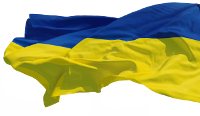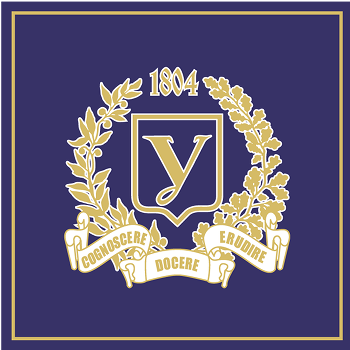anthropogenic landscape
- 2021-35
The Landscape Complexes of the Regional Landscape Park «Murafa»
Purpose. To identify the peculiarities of the landscape complexes of the regional landscape park (RLP) «Murafa».
Methods: theoretical generalization, systematization of facts, finding of empirical relationships, analyti-cal and cartographic analysis, cartographic, logic, field.
Results. Forest-steppe upland landscapes are widespread on the territory of RLP Murafa. Within them sloping, floodplain, floodplain-terrace, watercourse and plakor terrains are well-defined. The tracts of slopes of different steepness with oak-hornbeam forests on chernozems podzolic and dark grey podzolic soils, with mead-ow steppes on deep low humus chernozems, tracts of limestone and granite outcrops have been preserved in the sloping areas. Meadows of different levels and humidity, black alders, willows, sedge thickets are typical tracts of floodplains. The tracts of flat surfaces with oak-hornbeam forests on dark grey podzolic soils and chernozems podzolic were common in the past in the structure of floodplain-terraces areas. Aquatic areas of shallow and deep places are distinguished in watercourse areas. Aquatic tracts of islands, rapids, shivers, the central watercourse, shallow watercourses and branches, bays were formed on the shallow areas. The tracts of central deep water, central shallow water and coastal shoals were formed on the deep places. The tracts of convex areas of actual watersheds with meadow steppes groupings on typical shallow low-humus chernozems are allocated on plakors. The tracts of slightly sloping surfaces of watersheds and ravines with dark grey podzolic soils under oak and hornbeam forests also were common here in the past.
Conclusion. While creating RLP "Murafa", mainly integral natural complexes of river valleys were in-cluded. It was found that the landscape structure at the local level is dominated by sloping areas. The least com-mon are plakor areas. It was discovered that rural residential, meadow-pasture agricultural, mining, forest and water anthropogenic landscapes were formed on the place of natural tracts of the park due to the process of anthropogenization.
- 2019-31
Methodological Principles of the Construction Geography on the Study of the State and Protection of Natural Landscapes
Purpose. The paper is devoted to some aspects that influence the formation of landscapes. Among the main objectives of the study: to consider the anthropogenic load as one of the factors influencing the develop-ment and change of landscapes; to give an analysis of the scientific works of scientists who have considered issues of landscape science in general, as well as anthropogenic landscape science; to consider the importance of research results that can be used in projects for the conservation and sustainable use of natural resources. Re-sults. The landscape, being a multifunctional formation, is suitable for performing a different type of activity, but the functions it performs should correspond to its natural properties and resource potential. One of the basic principles of the protection of natural landscapes is the preservation of their structure and nature of functioning in conditions of intensive environmental management, and as a result of anthropogenic pollution. Conclusions. Conducting environmental management in any territory requires an objective and comprehensive environmental assessment of the state of the environment. Integrated assessment of the state of the environment and the geological environment in particular (the natural-geological environment) is the most complex geo-ecological task located in the cognitive methodological and methodological chain: system approach → system analysis → integrated assessment. Since there is no single integrated indicator of the ecological state in nature, a number of bioindication, spatial and dynamic indicators serve as criteria for assessing the ecological state of natural environments and ecosystems, and the integrated assessment is based on a certain number of the most representative indicators.

